Latin name: (Euonymus)
Category: evergreen trees, shrubs, perennial herbaceous plants
Origin: Australia, Asia, America, Europe
Euonymus tree - unpretentious decorative pseudo-laurel
The genus Euonymus (Euonymus) is based in the Euonymus family and unites about two hundred varieties of amazing, both evergreen and deciduous ornamental trees, shrubs or lianas.
In the scientific field, the Euonymus euonymus shrub, when translated from the Greek language, using Latin transcription, will be called a “glorious tree”, or a tree with a good name. Slavic peoples call euonymus: God's eyes, lingonberries, burusklen, privet, sour, wolf earrings, dereskled, vereskled, wolf's bast, saklak, blind-blind, night blindness, bruslina, meresklet.
Australia, Asia, America, Europe can be safely considered the homeland for this amazing plant. River valleys, edges of both mixed and broad-leaved forests, very suitable areas with a temperate and subtropical climate for pseudolaurel, allowing some of its varieties to reach ten meters in height. The miraculous euonymus in the wild is also found in the form of very large, fast-growing woody, brownish-green vines that tenaciously and beautifully wrap around trees and other supports.
The cultivated unpretentious and shade-tolerant variegated euonymus, thanks to the painstaking work of landscape designers, is a wonderful decoration of gardens, parks and alleys. It looks unique and decorative due to the beautiful foliage that changes its color seasonally, both in summer and autumn, as a hedge or as a spectacular tapeworm.
The variegated indoor euonymus has proven itself perfectly among amateur flower growers who like creeping or shrubby specimens that do not exceed one and a half meters in height. This wonderful wonderful pseudo-laurel can decorate both residential and public premises for sixty years. It grows remarkably in the conditions of rooms, it can be transplanted and cut off without problems at a good time for it.
It is impossible to see blooming beauty at home, but this is fully compensated by wonderful foliage with its individual color.
Basically, all spindle trees have a unique opposite arrangement of dark green, leathery leaves shaped like a narrow ellipse, depending on the variety. Among the wonderful foliage, flat flowers that form loose panicles are completely invisible.
Types of euonymus
Japanese spindle tree (Euonymus japonica)
China, Korea, Japan are the birthplace of indoor euonymus, which is very popular with amateur flower growers. The maximum height of this wonderful bush is approaching one meter. It is decorated with eight-centimeter narrow, dark green, leathery, not pubescent, sometimes glossy leaves with a rounded top.
In summer, the Japanese euonymus attracts with centimeter greenish-yellow flowers, collected in umbrella-shaped inflorescences of fifteen to thirty pieces each. Then orange-pink fruits appear. Thanks to the laborious and painstaking work of breeders, many varieties of Japanese variegated spindle tree have appeared:
Euonymus aureus (Euonymus aureus)
An extremely original indoor variety with golden yellow leaves in the center and dark green edges.
Euonymus microphyllus (Euonymus Microphyllus)
Motley raised foliage of a greenish-yellow hue adorns wonderful fifty-centimeter bushes. Microphyllus pleases the eye of flower growers with white flowers.
Euonymus dwarf (Euonymus Nana)
Native territories of this evergreen, perennial, ornamental, creeping, small-leaved shrub, not exceeding a meter height - Europe, Asia. Green twigs with longitudinal grooves, become gray with age, grow clearly upwards. Narrow leathery leaves up to four centimeters long, bright green above, dark gray below. Brownish-red small flowers are presented with two-centimeter peduncles. Seeds of a dark red hue are collected in boxes covered with orange seedlings.
Euonymus maackii (Euonymus maackii)
The beauty of this plant is represented by a deciduous three-meter spreading shrub or multi-stemmed trees that grow up to ten meters in height.
The difference of this variety lies in the flat green or brownish-red stems, the bark of which is sometimes covered with a grayish bloom. The leaves are egg-shaped or oval in shape, grow from five to twelve centimeters long and one to five centimeters wide. The middle of summer is comfortable for the appearance of small white flowers collected in axillary inflorescences. By September, the seed pods are filled with pink or red fruits.
Winged Euonymus (Euonymus alatus)
Shrubs and light forests of Japan, Manchuria, and Central China are home to this species of spindle tree. Tetrahedral branches are embellished with wide longitudinal outgrowths that look like wings. They have regular rows of dark green, dense, glossy five-centimeter leaves.
With the beginning of the summer period, the original bushes attract attention with small greenish-yellow flowers, collected in threes in inflorescences. In autumn, the most beautiful winged euonymus acquires a bright color of foliage, among which inconspicuous pink fruits are hidden.
The winged euonymus compactus is a very interesting variety of the winged euonymus from which it differs in its spherical crown.
Euonymus europaeus (Euonymus europaeus)
Mixed forest areas in Europe and Asia are a comfortable territory for deciduous shrubs that release a lot of shoots from the roots. If the crown is formed in time, the European euonymus can reach a height of five meters. Young greenish-gray twigs are covered with dark green ovoid leaves about twelve centimeters long. With the advent of autumn, the foliage takes on a burgundy hue. This kind of euonymus not only has beauty and decorativeness, but also frost resistance, drought resistance. Often found in squares, city parks.
Fortune's euonymus (Euonymus fortunei)
The evergreen miracle of nature, the ground cover euonymus, with its amazing, diverse varietal forms and varieties, never ceases to amaze and delight the eye with its beauty. Young creeping green, slightly warty, shoots are covered with oval opposite, slightly serrated, glossy, plump leaves up to five centimeters long. Fortune's euonymus resembles a grape bush. It can creep along the ground or climb up like ivy, strengthening itself with the help of adventitious aerial sucker roots. The length of this creeping handsome man can reach fifteen meters.
Interesting and popular varieties can be considered:
Euonymus Emerald Gold (Euonymus Emerald Gold)
A small, slow-growing bush up to sixty centimeters tall, can spread colorfully on the ground. Chic crown, formed by a huge number of leaves of yellow-green color with a golden border. With the advent of frost, the foliage turns pink. Gardens and parks are planted with this miracle of nature; it will look beautiful when planted in flower beds and alpine slides. Coniferous varieties of plants will be excellent neighbors.
Euonymus Emerald Gaiety (Euonymus Emerald Gaiety)
Small oval dark green leaves with white edges form a lush spherical top on a bush that grows twenty-five centimeters high. As winter approaches, the foliage takes on a pinkish tint.
Euonymus Harlequin (Euonymus Harlequin)
Variety - dwarf is represented by an evergreen creeping shrub with a bizarre, variegated color of the leaves. The colors of the opposite, ellipsoid foliage changes seasonally. Green or white leaves have creamy white or yellowish speckles, becoming pinkish in winter. With the beginning of summer, it blooms with small inconspicuous yellow-green flowers. It lends itself to a haircut to bring the plant to the desired shape, which makes it possible to use the plant for landscaping and decorating any territory.
Euonymus Sunspot (Euonymus Sunspot)
It looks like a neat highly decorative evergreen shrub up to half a meter high. Creeping shoots grow from a bush to two meters. Dark green, leathery, glossy, elliptical leaves with a distinct yellow pattern are very expressive. In late spring, greenish flowers appear on the bushes, making them even more attractive.
Warty spindle tree (Euonymus verrucosa)
The presence of black and white wart growths on the branches of this variety of spindle tree solved a simple problem with the name of the plant, which can be either a shrub or a tree. Flowering can only be contemplated in the wild. In cultural floriculture is very popular. Attracts attention with a spreading hat formed by dense foliage, improves the interior of any room.
Bunge's spindle tree (Euonymus bungeanus)
Light green dense crown makes a perennial shrub plant very attractive and unique. The vibrant color of the foliage changes seasonally. Light yellow leaves change their color to scarlet.
Euonymus care at home
Growing a euonymus and caring for it is not at all difficult. To make the flower feel comfortable in your home, we will try to organize an environment for it that is close to natural.
Choice of location and temperature
Euonymus is a photophilous plant. Bright sunny places with a short direct hit of the rays of the sun in the morning or evening hours will not harm the room euonymus. Such comfortable areas can be window sills on the east, southeast or southwest side.
Pseudo-laurel is not against wintering on a sunny window, but the room should be cool. The desired winter temperature is in the range of four to ten or twelve degrees. Acceptable summer temperature is from 18˚С to 25˚С.
The heat is much more harmful to the euonymus than the cold.
An elevated temperature regime in the room can lead to the fall of the leaf plates of the aeonimus.
Humidity and watering
Humidity is not an important indicator for the ideal maintenance of the euonymus. Periodically in hot weather, you need to spray the houseplant with filtered or boiled water. The beauty and purity of leaf plates can be maintained with a warm shower.
In the warm off-season, you need to water your actively growing pet systematically and generously at intervals for the soil mixture in the pot to dry out between waterings. In the cool season, we reduce the irrigation regime. The substrate is kept slightly damp.
Water in the pan should not stagnate.
The indoor pseudo-laurel will be happy to spend the warm period of the year and will decorate the balcony, veranda, loggia, and best of all the garden.
Soil and its top dressing
The earth mixture necessary for the spindle tree should have a neutral acidity and preferably without peat impurities. The soil of personal preparation in its composition involves leafy soil, humus soil, sand in equal parts and turf soil in a double norm. We purchase an industrial ready-made soil mixture intended for deciduous houseplants in a special flower shop.
Feeding is necessary for a watered plant during a warm period with an interval of thirty days. We exclude top dressing in which nitrogen is present, so as not to bring putrefactive formations on the flower and change the color of patterned leaf plates to a pure green hue. It is not forbidden to use a mineral complex fertilizer intended for succulents, cacti, ornamental and deciduous plants. Dosage is normal.
Transfer
An annual spring transplant for young specimens into a larger flowerpot with a hole is a must. For older euonymus, the transplant interval increases to three years. The roots of a pet grow quickly and the timing of transplantation is regulated by the filling of the pot. After shaking the plant out, carefully inspect and, if necessary, remove excess damaged roots. Be sure to lay drainage on the bottom of the prepared flowerpot.
Reproduction
This simple procedure can be performed with seeds, green or semi-lignified cuttings, dividing the bush.
Harvest five-centimeter cuttings in the summer. For better rooting, they are stimulated with root. Then they are planted in a mini-greenhouse with a two-layer mixture of sand and fertile leafy soil. After a couple of months, we plant the sprouts already with roots in separate flowerpots in a permanent place, pinching the top to form a lush crown.
Euonymus diseases and pests
Uninvited harmful guests can be spider mites, scale insects, powdery mildew, aphids. If small aphids are found on the top of the stems, spider mites on the lower part of the leaf plates, it is urgent to bathe the euonymus in the shower. If positive results are not achieved, we use more effective insecticide preparations.
Difficult moments in growing
- Why doesn't the euonymus blush? The plant has little light and the soil mixture is not suitable.
- The variegated euonymus has too elongated shoots, and the leaves have become pure green - poor lighting.
- The leaves are covered with brown spots or a gray velvety coating - the air in the room is too humid.
- Leaf plates become dull, and their edges curl up - too much sunlight.
- Yellowing and falling leaves - excessive watering, violation of the temperature regime in winter.
Euonymus is a poisonous plant. Precautions do not interfere with communication with the plant.
When following the above rules for growing euonymus with love, this unpretentious, beautiful flower will improve the interior of your room, cheer up those around you.




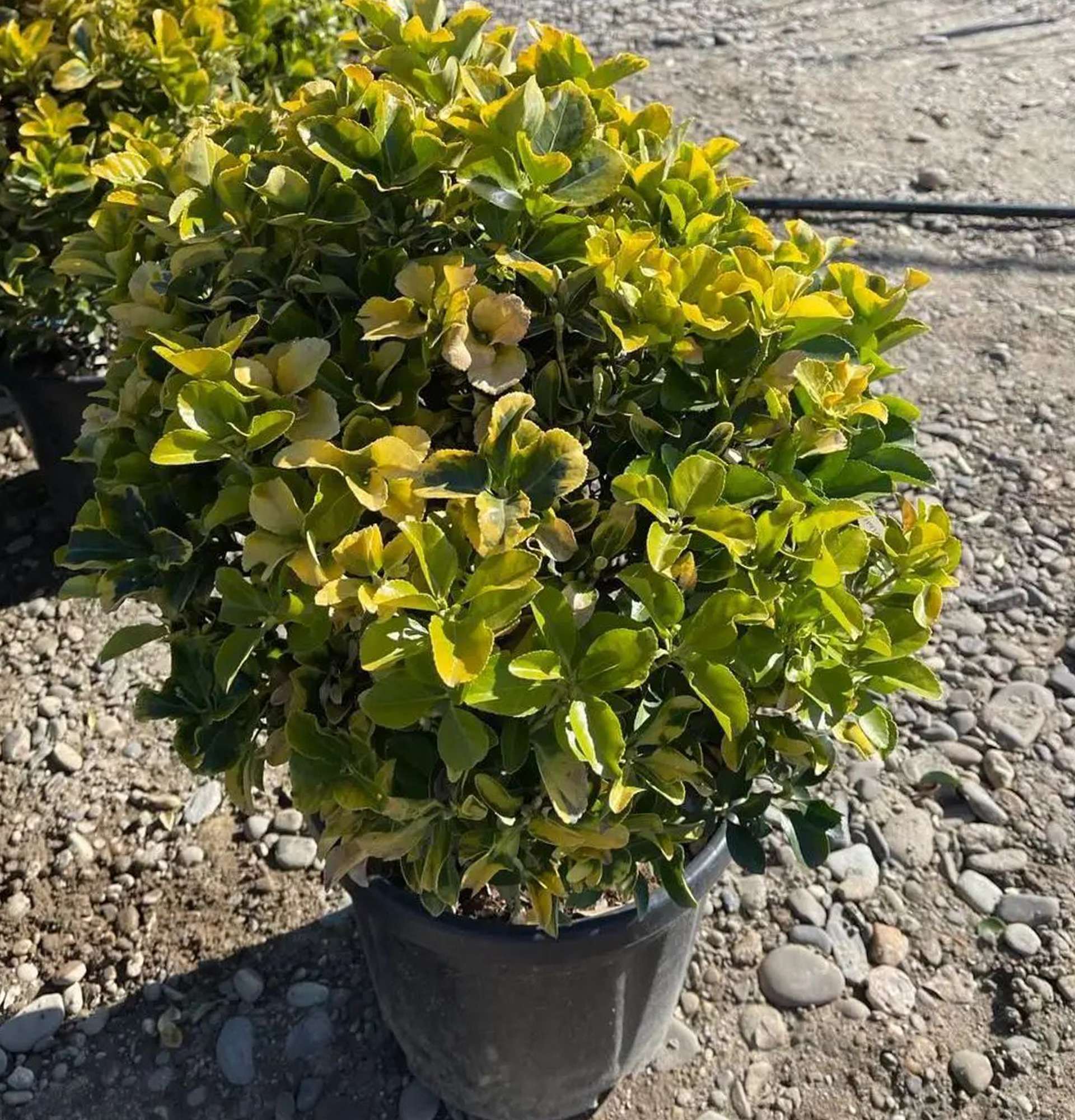










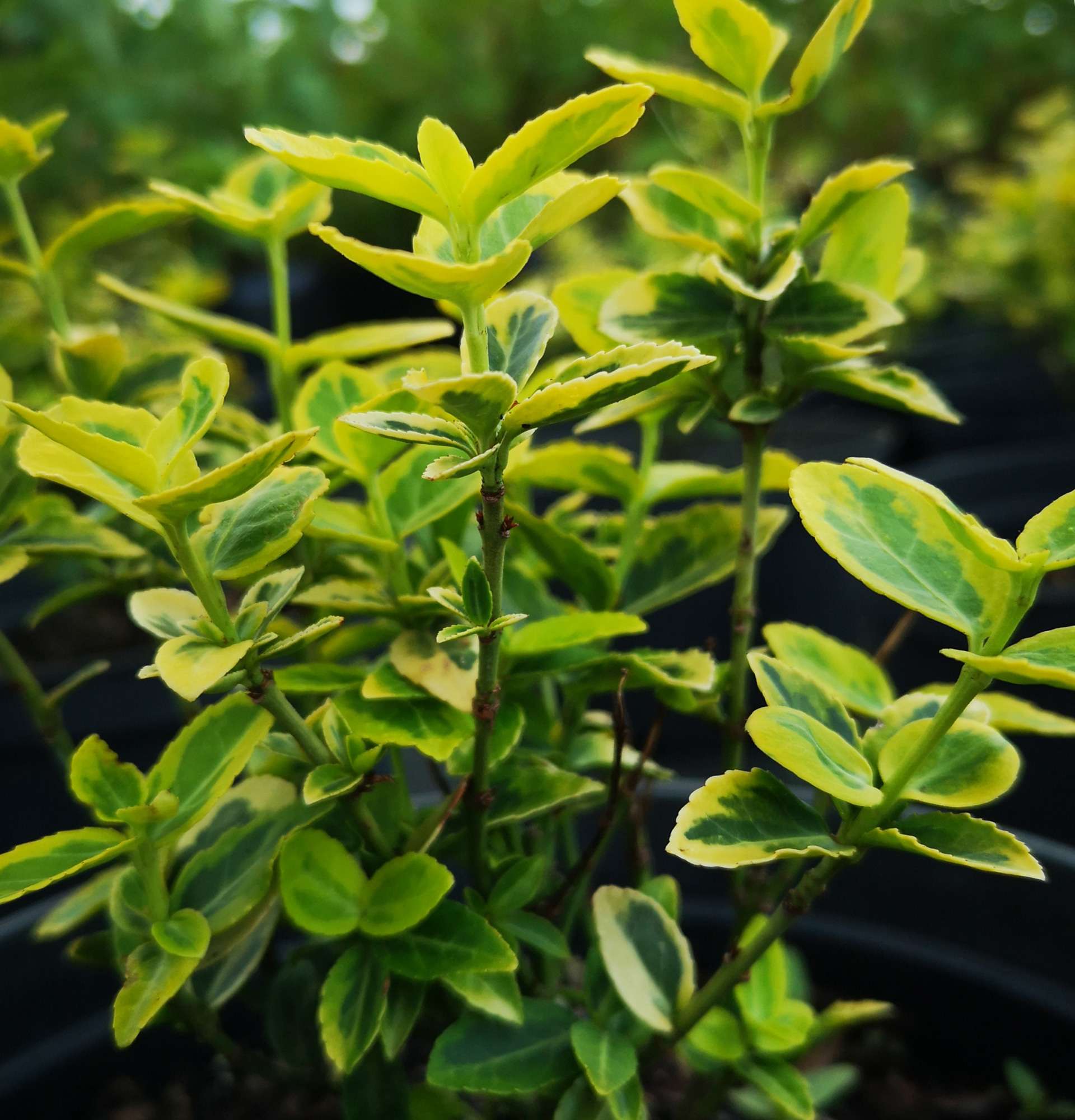

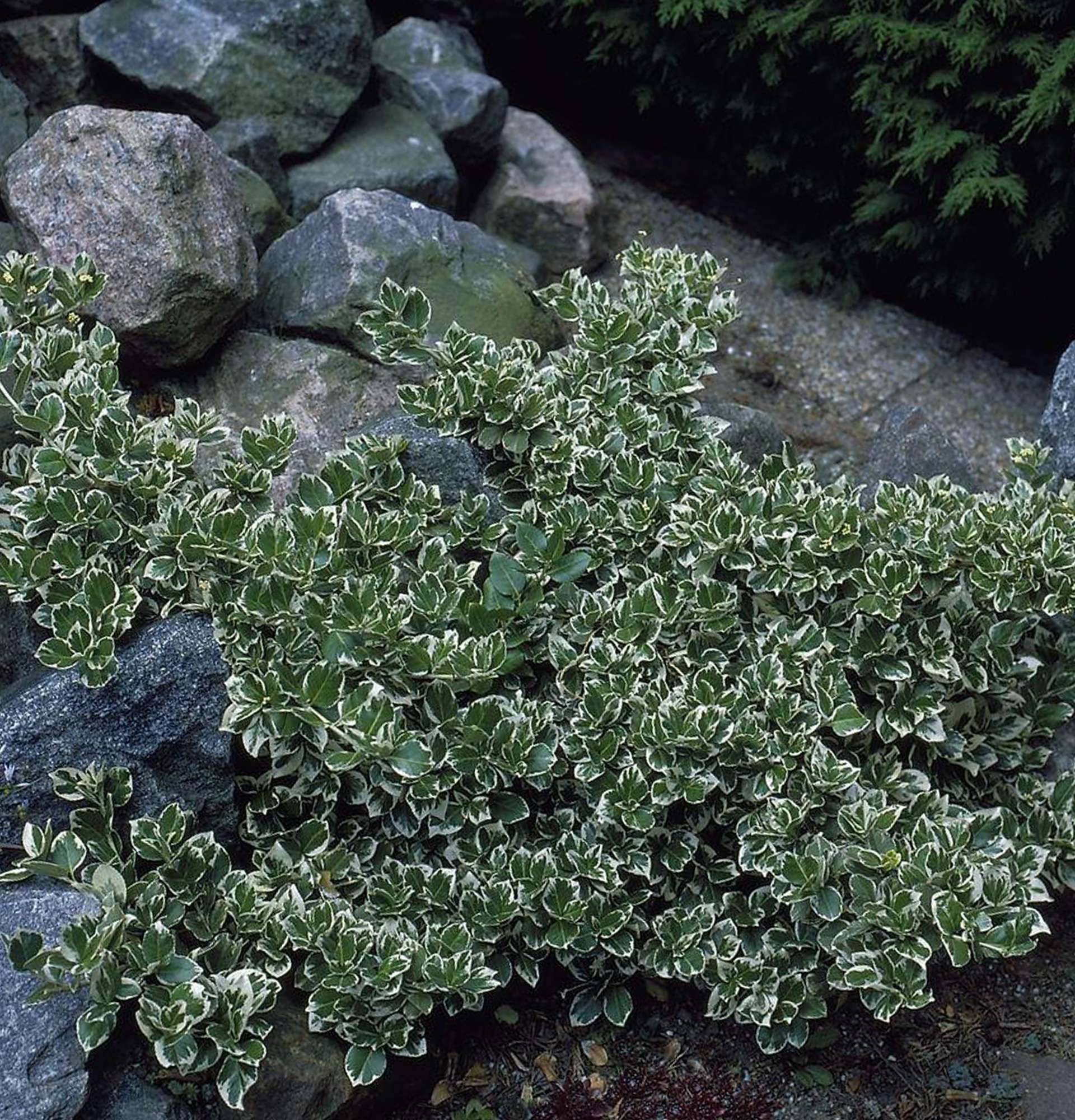


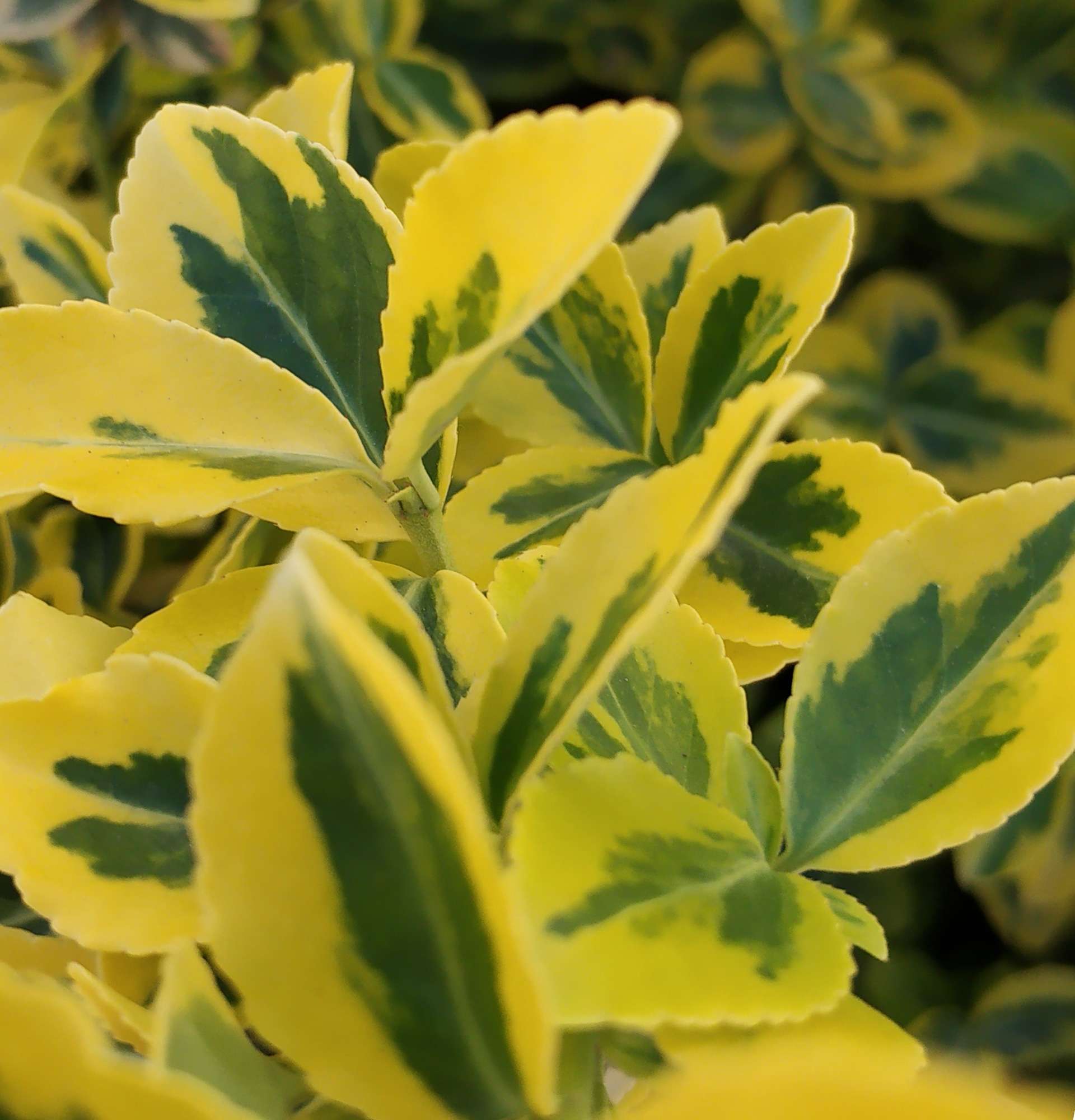
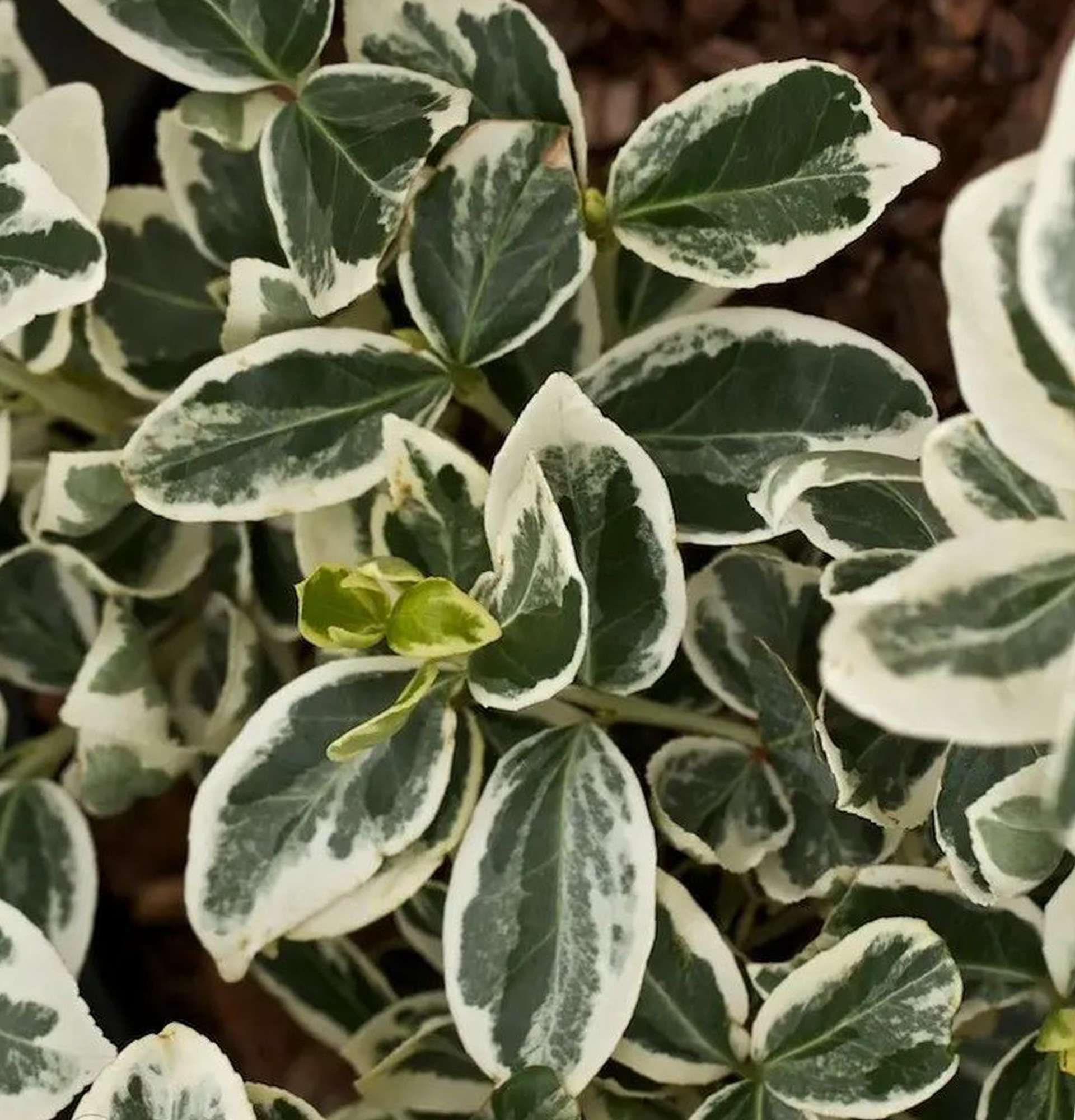
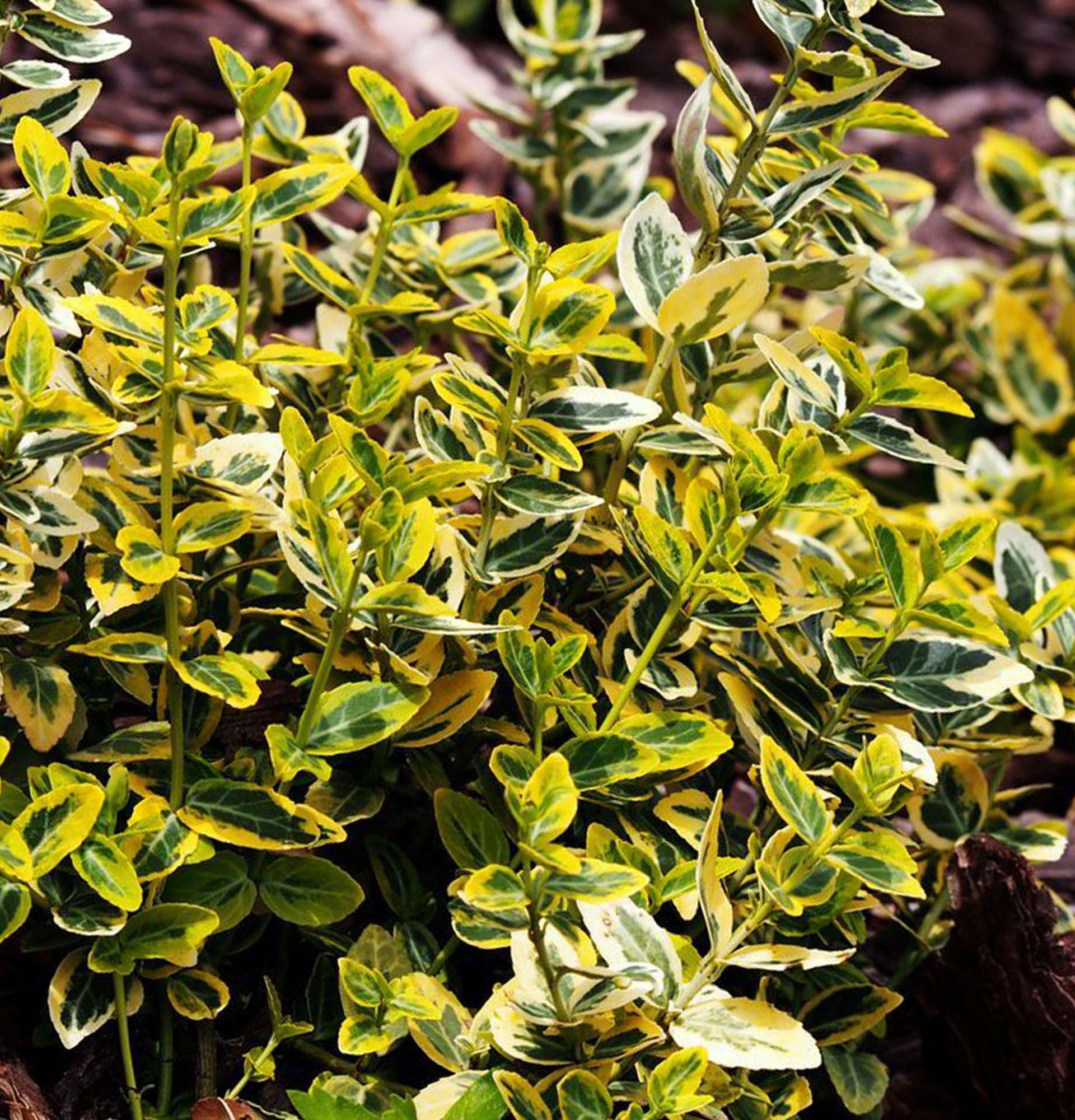
Write comments
Comments